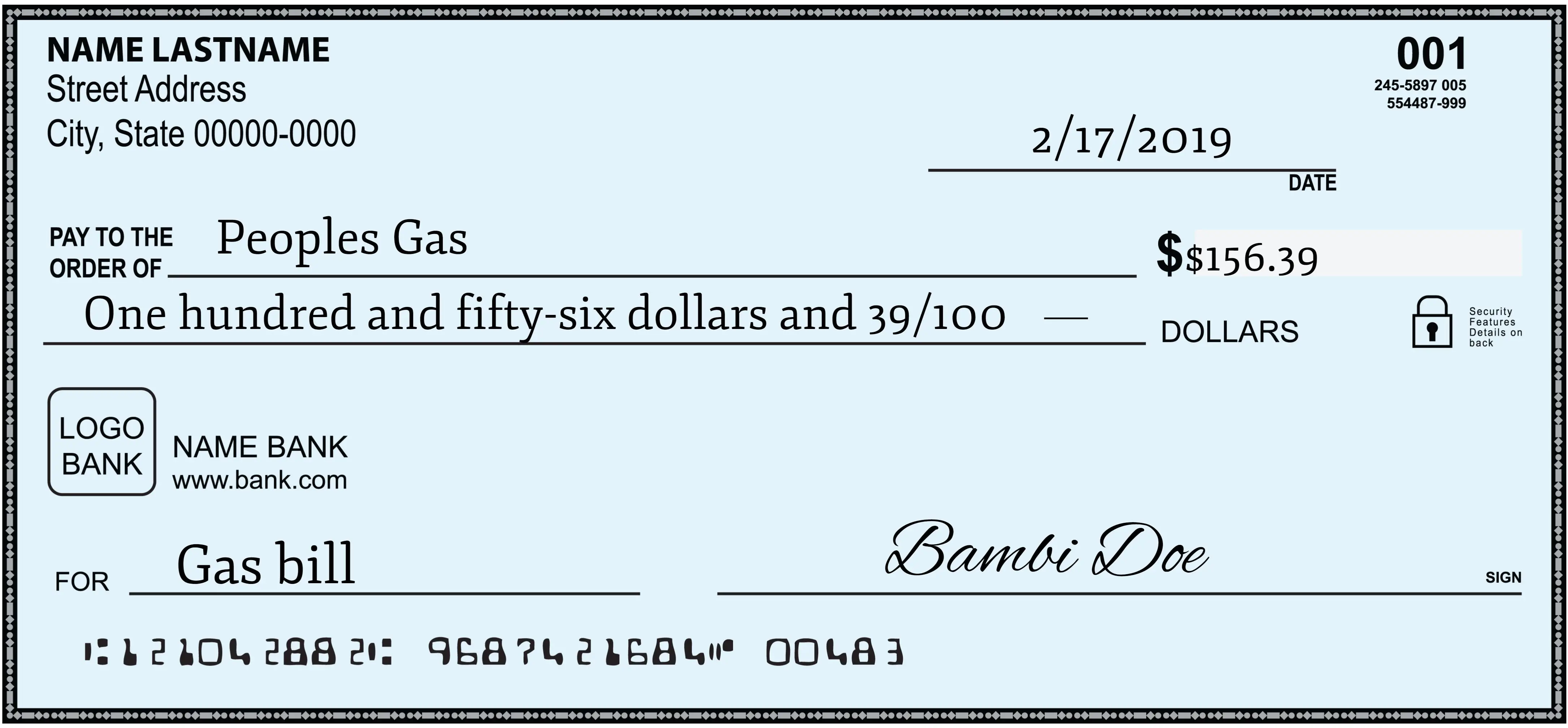Check SD Card Health Remotely Free Raspberry Pi - Simple Steps
Your Raspberry Pi is a tiny wonder, isn't it? This little computer does so much, but it really counts on its memory card to keep everything running smoothly. That small piece of plastic holds all the important stuff, from the operating system to your personal projects and collected information. If that memory card starts to have problems, it can throw a wrench into everything your Pi is trying to do, which is kind of a big deal for sure.
A memory card that isn't doing so well can lead to all sorts of headaches. You might find your Pi acting strangely, or maybe it just stops working completely. There's also the chance of losing all the important files and programs you've saved. So, keeping an eye on your Pi's memory card is a very smart move, especially if you want to avoid those frustrating moments when things just go wrong.
So, knowing how to keep an eye on your Pi's memory card, especially from afar and without spending any money, is a really helpful skill. We'll walk through some simple ways to do just that, keeping your Pi happy and your data safe. We'll talk about how you can spot problems early, maybe even before they cause a lot of trouble, which is actually pretty cool.
- Karen Lancaume The Rise Of A French Adult Film Star
- Aleia Hobbs Wife An Insight Into Their Relationship And Personal Life
- Are Brooke And Connor Dating The Inside Scoop On Their Relationship Status
- Elena And Preston Divorce A Comprehensive Analysis
- Jesse Watters Wife Noelle A Deep Dive Into Their Life Together
Table of Contents
- Why Keep an Eye on Your Raspberry Pi SD Card Health?
- What Happens When Your Raspberry Pi SD Card Health Declines?
- How Can You Check Raspberry Pi SD Card Health with Basic Tools?
- Is Remote SD Card Health Checking Really Possible?
- Using Command Line Tools to Check SD Card Health
- Specialized Solutions for Remote SD Card Health Checks
- What About Older SD Cards and Their Health?
- Looking at S.M.A.R.T. Data for SD Card Health
Why Keep an Eye on Your Raspberry Pi SD Card Health?
Your Raspberry Pi's memory card is a bit like the brain of the whole operation. It holds everything that makes your little computer work. Over time, like any piece of tech, these cards can start to wear out or develop little issues. If you don't pay attention to these signs, you could end up with a Pi that doesn't work right, or worse, you might lose all the hard work you've put into your projects. It's actually a pretty common thing for these cards to wear out, so being aware is a good first step.
Keeping tabs on your memory card's condition helps you catch problems before they become big headaches. Think of it like regular check-ups for your car; you want to find small issues before they lead to a complete breakdown. This proactive approach to checking your Raspberry Pi SD card health can save you a lot of time and frustration later on, which is something we all want, I'd say. It also means your Pi projects stay up and running without unexpected stops.
What Happens When Your Raspberry Pi SD Card Health Declines?
When a memory card starts to go bad, you might notice a few things. Your Pi could become slower, files might disappear, or programs could crash without warning. In the worst-case scenario, the card could completely stop working, making your Pi unable to start up at all. This kind of problem can be really annoying, especially if you rely on your Pi for important tasks or fun projects. So, checking your Raspberry Pi SD card health is a good habit to get into.
- Shameera A Deep Dive Into Her Life And Achievements
- Rebecca Casiraghi The Enigmatic Princess Of Monaco
- Clooney Twins 2024 A Look At The Lives Of Ella And Alexander
- Does Austin Swift Have Kids Uncovering The Personal Life Of Taylor Swifts Brother
- Ella Langley Relationship With Riley Green A Deep Dive Into Their Love Story
Ignoring the condition of your memory card is a bit like playing with fire. It can lead to your valuable information getting messed up, your whole system stopping, and eventually, a Pi that just sits there doing nothing. This is why it’s really important to check the health of your memory card regularly to make sure it’s working properly, which is just a sensible thing to do, you know? A little bit of prevention goes a long way here.
How Can You Check Raspberry Pi SD Card Health with Basic Tools?
There are a few simple ways you can start to check your Raspberry Pi SD card health. One easy thing to do is just look at the card itself. Does it have any cracks, bends, or other physical damage? Sometimes, problems are visible right there on the outside. This visual inspection is a quick first step, and it costs nothing, which is always a plus. It's a bit like looking at a book cover to see if it's been through a lot.
Another common way to check the well-being of your Raspberry Pi memory card is to perform a file system check using a command called `fsck`. This command is available on most Linux systems, including the one running on your Pi. It goes through the files and folders on your card, looking for any little mistakes or broken bits that might be causing trouble. It's kind of like a digital tidy-up, making sure everything is where it should be, and that's pretty useful.
If you're comfortable with typing commands into a terminal window, using `fsck` is a straightforward process. It helps confirm the integrity of the file system, which is basically how your Pi organizes all its data. A healthy file system means your Pi can find and use information without issues, so this check is a good way to check your Raspberry Pi SD card health. It can tell you if there are any immediate issues that need fixing, which is something you'd want to know.
However, sometimes the command line isn't everyone's cup of tea, or maybe it just doesn't seem to work for a particular issue. In those situations, you can use a free memory card checker that has a more visual interface, like MiniTool. These sorts of programs often provide a simpler way to see the condition of your card without having to remember specific commands. They can be a good alternative for a quick check, especially if you prefer clicking buttons over typing, which is totally fine.
Is Remote SD Card Health Checking Really Possible?
Yes, it is very possible to check your Raspberry Pi SD card health from a distance. Imagine being able to see how your Pi's memory card is doing even when you're not right next to it. This kind of remote looking-over lets you keep tabs on things like how much space is left, how fast it's working, and if it's generally okay, all without having to physically be there. This is especially handy if your Pi is set up in a place that's hard to get to, like a remote weather station or a smart home device tucked away somewhere.
Remote monitoring means you can be anywhere and still get updates on your memory card's well-being. It's a bit like having a tiny assistant constantly reporting back to you. This way, you can spot potential problems early and take action before they become serious, which is a really smart approach to keeping your Pi projects running smoothly. You don't have to wait until something breaks to know there's an issue; you can check your Raspberry Pi SD card health proactively.
Some clever programs can even send you alerts if something seems off with your memory card. For instance, if you have a damaged USB flash drive with useful logs, you could, in a way, write a program that monitors the health of your micro SD card based on similar principles. This sort of alert system is very useful for staying on top of things without constantly checking manually, which is pretty convenient for anyone with multiple Pis.
Using Command Line Tools to Check SD Card Health
As mentioned, the `fsck` command is one of the most common ways to check the health of your Raspberry Pi memory card. This command essentially performs a file system check. It scans the file system for errors and tries to fix them. It's a basic but powerful tool for maintaining the integrity of your card's data structure. You'd typically run this when the card is not actively being used, to avoid causing more problems. It's a bit like running a defrag on an old hard drive, just for the file system itself.
To use `fsck`, you usually need to unmount the memory card first, meaning you tell the system to stop using it for a moment. Then, you can run the command, letting it do its work. If it finds any problems, it will try to fix them, which can often bring a struggling memory card back to a better state. This is a good routine check to add to your maintenance list for your Raspberry Pi SD card health. It's a foundational step, you know, for keeping things tidy.
For those who like to tinker, there are other commands and ways to look at the system logs that might give hints about a memory card's condition. For example, looking at messages from the kernel or checking disk usage statistics can sometimes point to problems before they become obvious. These sorts of checks, while not directly about "health," can help you piece together a picture of how your memory card is doing overall, which is pretty handy for checking your Raspberry Pi SD card health.
Specialized Solutions for Remote SD Card Health Checks
Beyond the basic command-line tools, there are specialized tools that can help you keep a closer eye on your memory card's well-being, especially when you're not physically near your Pi. One such tool is offered by RemoteIoT. This kind of service provides an excellent memory card health monitoring tool that can check the integrity of the card, find disk errors, and even tell you how much life is left in the memory card. This information helps you figure out when it might be time to replace it.
RemoteIoT's tool, for example, gives you a way to get detailed reports on your memory card's condition without having to be there. It's like having a little diagnostic lab running in the background, sending you updates. This kind of detailed monitoring is super helpful for keeping your Raspberry Pi SD card health in top shape, letting you know about issues before they cause big trouble. It’s a bit like having a doctor for your memory card, which is quite reassuring.
These specialized solutions often go beyond simple error checking. They might look at patterns of usage, temperature, and other factors that affect a memory card's lifespan. By gathering this kind of information, they can give you a better idea of how long your memory card might last and when you should think about getting a new one. This foresight is a big advantage, especially for long-term projects or Pis that are in hard-to-reach spots, so it's really worth considering.
What About Older SD Cards and Their Health?
You might have a collection of older memory cards lying around, and you're wondering if they're still good to use. If you plug them into your Pi using a card reader, you can certainly try to test them out. The question often comes up: can you use some sort of command in the terminal to test them? Well, from some looking around, it seems that memory cards, unlike solid-state drives (SSDs), typically don't show their health status in a straightforward way. This can make it a bit tricky to check your Raspberry Pi SD card health for older units.
While SSDs often have a built-in way to report their condition (called S.M.A.R.T. data), most standard memory cards don't have this feature readily available for you to check with a simple command. This means you can't just ask the card how it's feeling. So, detecting issues before they become significant problems on older cards can be a bit more of a challenge, as a matter of fact. It's a bit of a blind spot, you know.
However, even without direct health reporting, you can still perform checks like the `fsck` command mentioned earlier. These file system checks can tell you if the card has logical errors, even if they don't tell you about the physical wear and tear. For older cards, these checks are still a good way to make sure they're at least functioning properly for basic use. It's not a full health report, but it's something, and it helps you check your Raspberry Pi SD card health to some extent.
Looking at S.M.A.R.T. Data for SD Card Health
While many memory cards don't openly share their health data, some specific brands, like Transcend SD cards, do have a way to access what's called S.M.A.R.T. data. This data is usually kept in a special area of the device, often called the S.M.A.R.T. block. By reading and looking closely at this S.M.A.R.T. block, you can get a better idea of the memory card's condition. This is a bit of an exception to the general rule about memory cards not showing health, which is quite interesting.
For these particular cards, getting S.M.A.R.T. data allows for a more detailed assessment of their internal workings. It can provide information about how many times data has been written, how many errors have occurred, and other indicators that point to the card's overall well-being. This kind of information is very valuable for keeping track of your Raspberry Pi SD card health, especially for cards that support it. It's like having a secret window into the card's inner life.
However, it's worth noting that getting this S.M.A.R.T. data usually requires specific tools or knowledge of how to access that particular block on the memory card. It's not always a simple command that works for every brand. For most general memory cards, the only truly certain way to detect a failure is to perform a test that writes and reads data across the entire card, often called a "badblocks" test. This kind of test, though, is destructive, meaning it erases all the data on the card. So, while it's the most thorough, it's not something you'd do lightly, and there aren't many tools that can do this without wiping your data.
We've gone over several ways to keep an eye on your Raspberry Pi's memory card. We talked about simple visual checks, using the `fsck` command for file system integrity, and how tools like MiniTool can help if command line isn't your preference. We also explored the possibility of checking things remotely with solutions like RemoteIoT, which can report on your card's condition from a distance. We even touched on the trickier situation of checking older cards and the special case of S.M.A.R.T. data on certain memory card brands.
- Deniece Cornejo A Comprehensive Biography And Insights
- Amanda Swisten The Rising Star In Entertainment
- Is Tami Roman Still Married In 2024 A Deep Dive Into Her Relationship Status
- Marnie Stevens The Rising Star In The World Of Entertainment
- Jude Bellingham Exploring The Heritage Of His Parents And Their Origins

Cashier's Check vs. Money Order: What's The Difference? | Bankrate

How to write a check | finder.com

Free Picture Of Check Mark, Download Free Picture Of Check Mark png